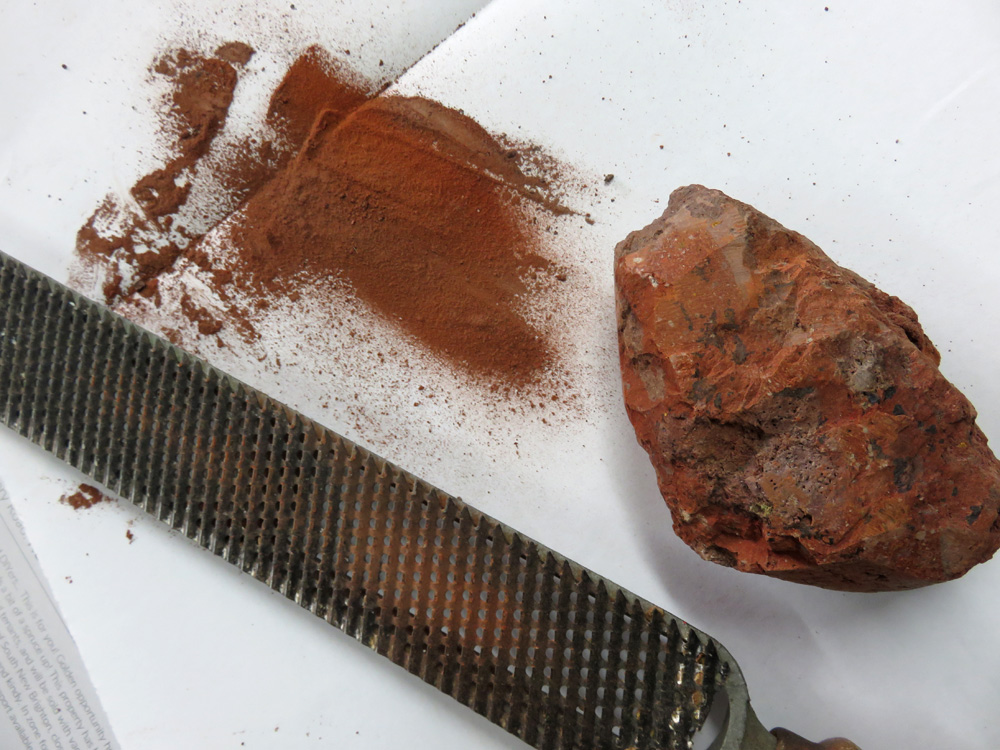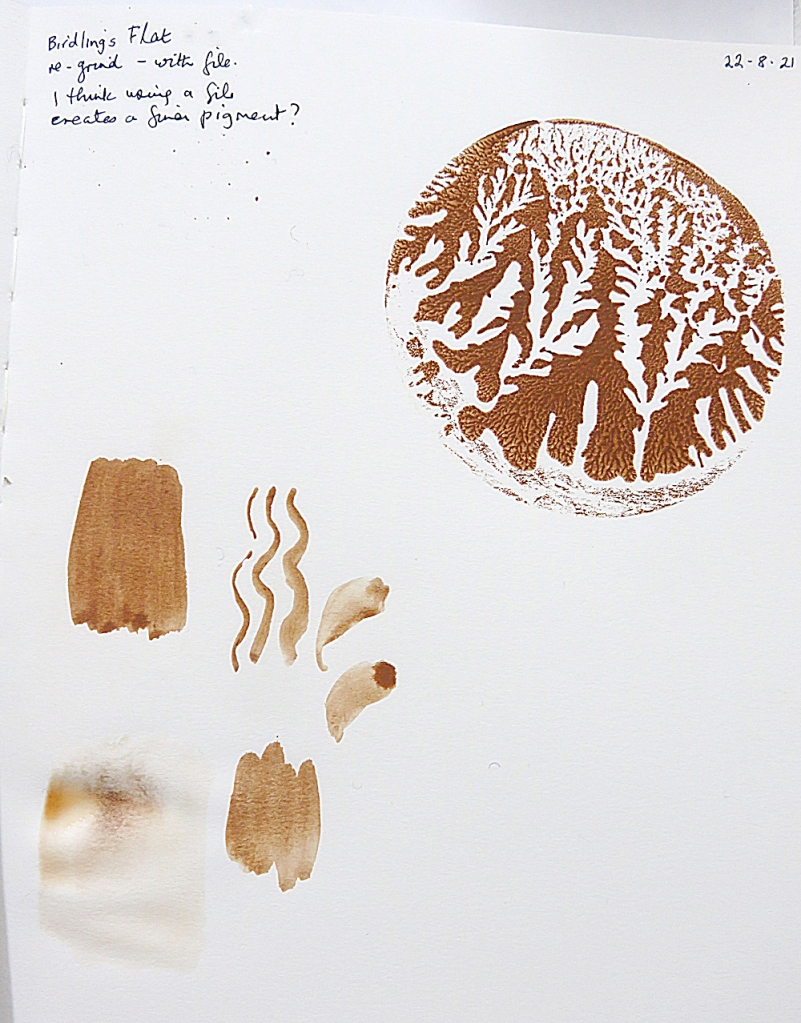I have been making books, prints and other things…
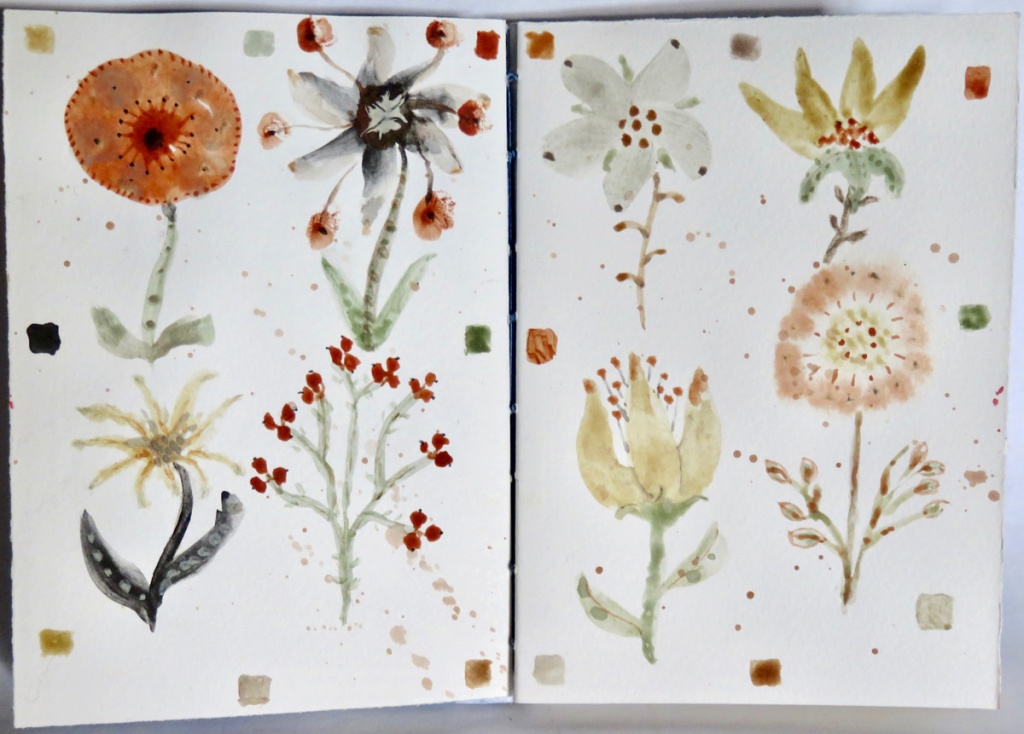
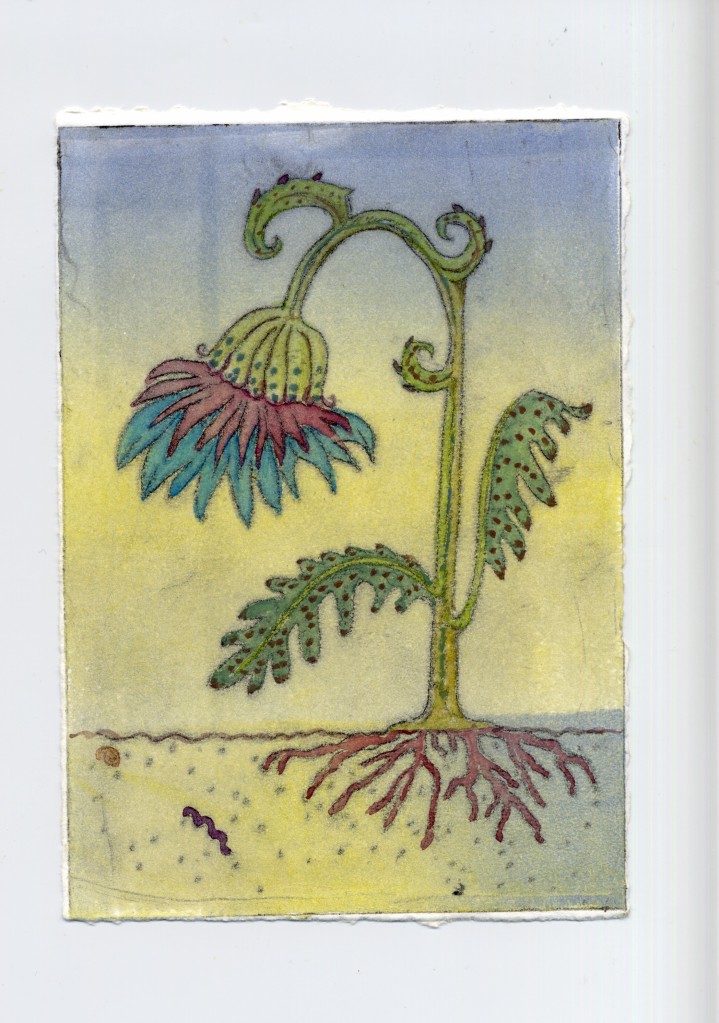
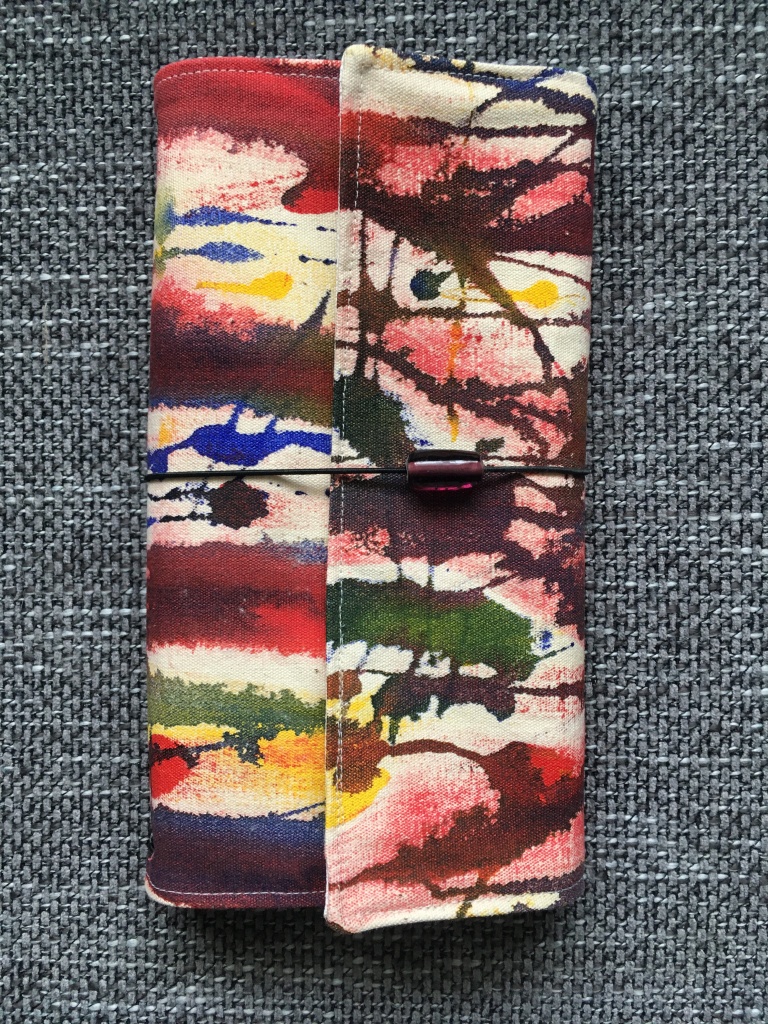
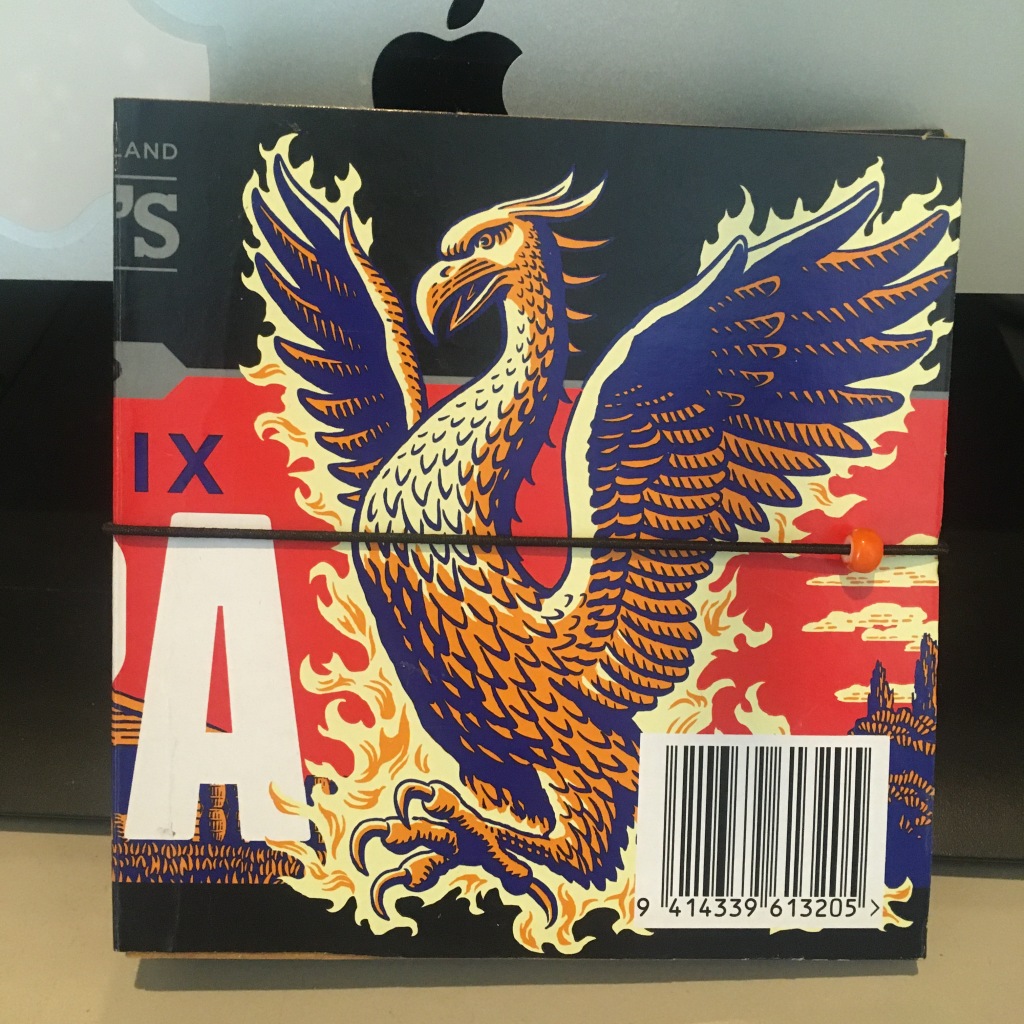
I took part in the show – Oxford Papermakers: Waiaraki Eyre River Project 4 – 28 November 2021
Alison Fleetwood, Katie Hallam, June Inch, Casey Macaulay, Elaine Steenhart, Tessa Warburton and Celia Wilson
- A collage of dry point prints showing the exotic weeds, coloured with local rock pigments, that thrive on the local braided river, Waiaraki/Eyre River. The course of the river near Oxford is depicted – adapted from images on Google Earth. I have used some paper that we made from these weeds. I started this work at the Printmakers Open House at the Oxford Gallery.

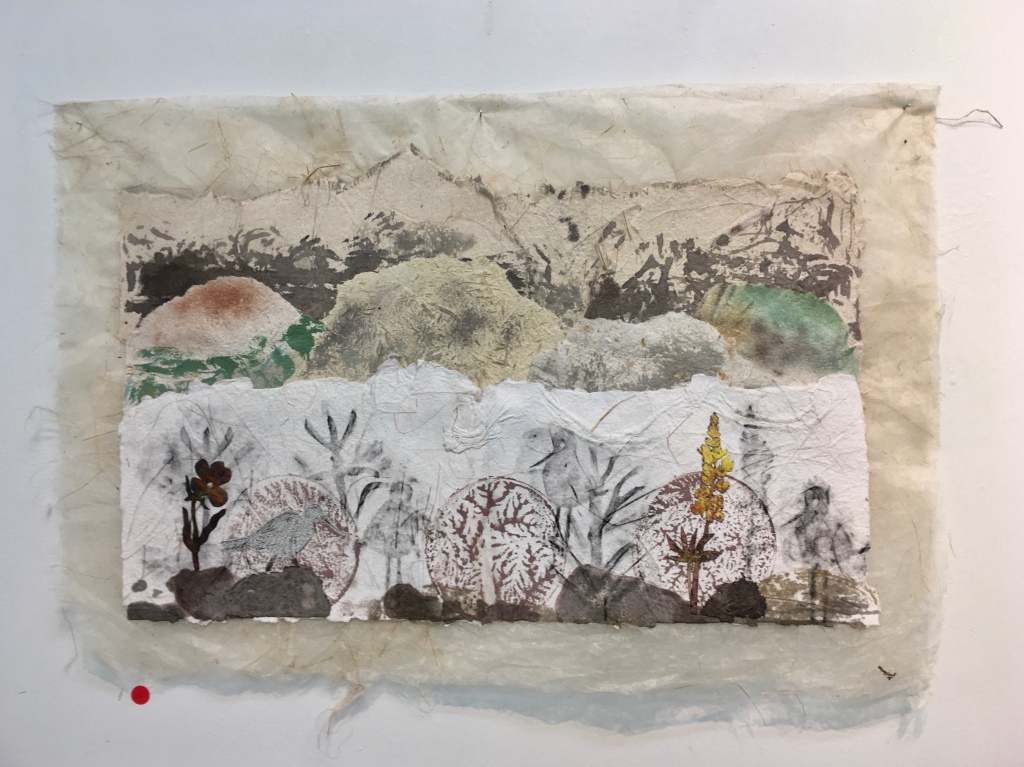
More about this show can be found at the gallery website under ‘Exhibitions’:- https://oxfordgallery.org.nz/

